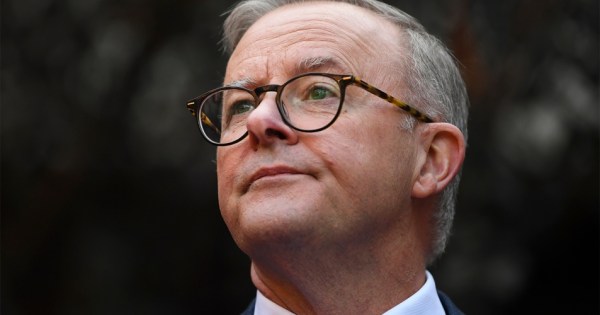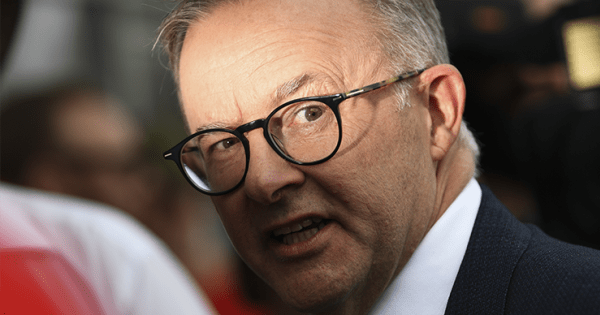There’s an increasing possibility that the Australian economy has reached stalling point, after figures from the Reserve Bank this morning showed a sharp slowdown in credit in April.
That means there’s every chance the Reserve Bank won’t be tempted into an extra interest rate rise at its June meeting next Tuesday.
Next week’s National Accounts figures for the March quarter will confirm it but there’s now the chance of a very low, possibly negative, growth number.
The final outcome will depend on the level of government spending and the growth in personal income, which will be higher because of wage rises and strong jobs growth in the quarter. That means the Reserve Bank’s inclination to lift interest rates, which we saw reported in the minutes of the May board meeting, should be on hold for a while longer, possibly until August when the next set of inflation figures will be known.
The April credit figures showed a sharp slowdown in business lending, and a further slowing in the growth of lending for housing and personal transactions.
The Reserve Bank reported today that: “Total credit provided to the private sector by financial intermediaries rose by 0.4% over April 2008, following a rise of 0.8% over March. Over the year to April, total credit rose by 14.1%.”
That’s the lowest monthly rise since October 2002 and shows how much the Reserve Bank’s anti-inflation campaign has slowed domestic economic demand, as we saw with the 2.5% drop in March quarter capital spending figures out yesterday.
Lending for housing rose by 0.7%, the same as the credit crunch hit month of August last year, for an annual rate for the year to April of 11.1%, which is a near decade low. Both owner occupied and investor housing eased, and will probably ease further in coming months because of the fall in housing approvals shows no sign of easing.
Personal lending showed no growth for the second time in four months because of margin calls from the likes of Opes Prime, Tricom, Lift Capital and other providers. Business lending eased to grow by just 0.1% in the month, which gave an annualised rate of just over 19%. That’s still strong, but the strong growth which followed the credit crunch and forced companies to borrow from their banks, has eased
Trade figures out for the March quarter at 11.30 am on Tuesday might give another clue as to growth in the economy. We know the trade figures have been hit by a fall in export values and volumes due to the bad flooding in central Queensland coal fields in February and March. So the current account deficit will drag growth lower because it will be at near record levels. Certainly the Capex figures have got the business economists running for the calculators to downgrade growth options.
JP Morgan says it thinks growth could be flat to negative but will not give a final verdict until it sees Tuesday’s trade figures: other economists have started thinking the same way, flat or slightly positive, but depending on the trade numbers. And economists at Goldman Sachs JBWere have cut their growth forecasts after the capital sending figures on Thursday.
“We now expect real GDP to be flat in Q1, to be only 2.6% higher over the year. Though the risks to this forecast are balanced, we cannot rule out GDP contracting in the March quarter.”
Goldman Sachs said the Capex report “significantly reduces the probability of a rate hike in the near term, as it is clear the slowdown in activity in Q1 is sharper and more broad-based than was earlier believed.
“With the RBA’s current strategy on track at current policy settings, we continue to see rates on hold through 2008. Even so, inflation will be uncomfortably high through the year and there is still the (unexpected) risk of an unlikely re-emergence in retail spending.








Crikey is committed to hosting lively discussions. Help us keep the conversation useful, interesting and welcoming. We aim to publish comments quickly in the interest of promoting robust conversation, but we’re a small team and we deploy filters to protect against legal risk. Occasionally your comment may be held up while we review, but we’re working as fast as we can to keep the conversation rolling.
The Crikey comment section is members-only content. Please subscribe to leave a comment.
The Crikey comment section is members-only content. Please login to leave a comment.